Predators don’t always win.
Out in the wild, it’s not just about teeth and claws—it’s about brains, boldness, and pulling off the ultimate escape act. And some animals? They’ve turned survival into an art form.
From possums that fake their own death like B-list actors, to birds that scream like babies to distract their enemies, these creatures aren’t just surviving—they’re outwitting, outplaying, and sometimes downright mocking the very beasts that hunt them.
Call them sneaky. Call them genius.
Just don’t underestimate them.
Because the jungle, desert, and deep sea aren’t ruled by brute force alone. They’re shaped by the clever minds that stay one step ahead. These are the great tricksters of the animal kingdom—and their stories are wild.
Mimic Octopus
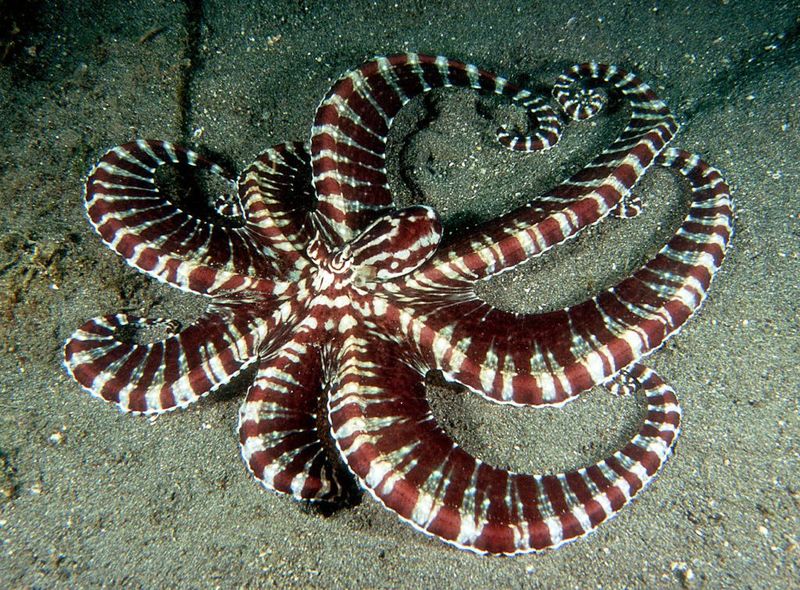
In the shadowy depths, the Mimic Octopus reigns supreme with its deceptive artistry. This aquatic chameleon can imitate the appearance and movements of more than fifteen different ocean dwellers. By becoming a lionfish, flatfish, or even a deadly sea snake, it wards off predators with ease.
Such mimicry confuses both predators and prey, allowing the octopus to navigate its world with cunning. Besides, the ability to change both color and shape is a testament to its evolutionary brilliance.
Did you know? The Mimic Octopus is one of the few marine creatures that can imitate multiple species simultaneously!
African Elephant
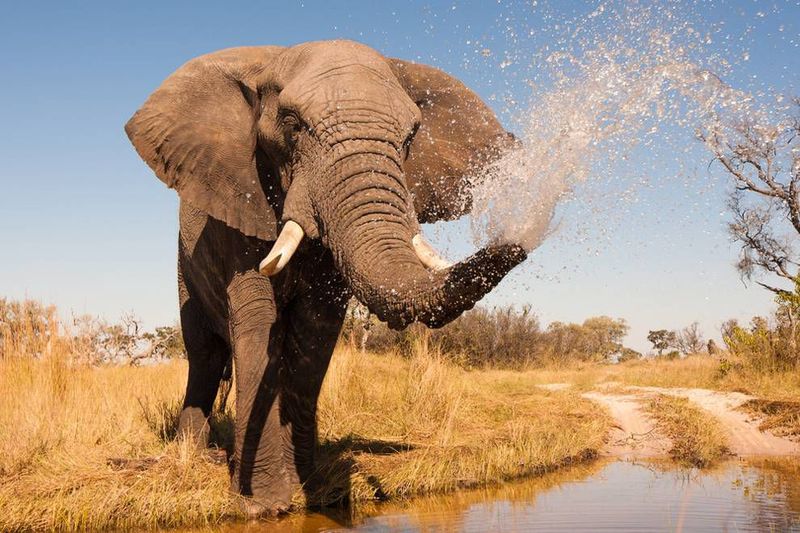
With intelligence rivaled only by its size, the African Elephant employs remarkable strategies to avoid predation. Beyond its sheer physical presence, the elephant’s social structure plays a key role in its survival. These gentle giants form tight-knit herds led by wise matriarchs who remember water sources and safe paths.
When danger looms, elephants communicate through low-frequency rumbles that travel miles. This alert system ensures the herd stays united and alert.
Fun fact: Elephants are known to use their trunks to dig for water in dry riverbeds, showcasing their problem-solving skills!
Arctic Fox
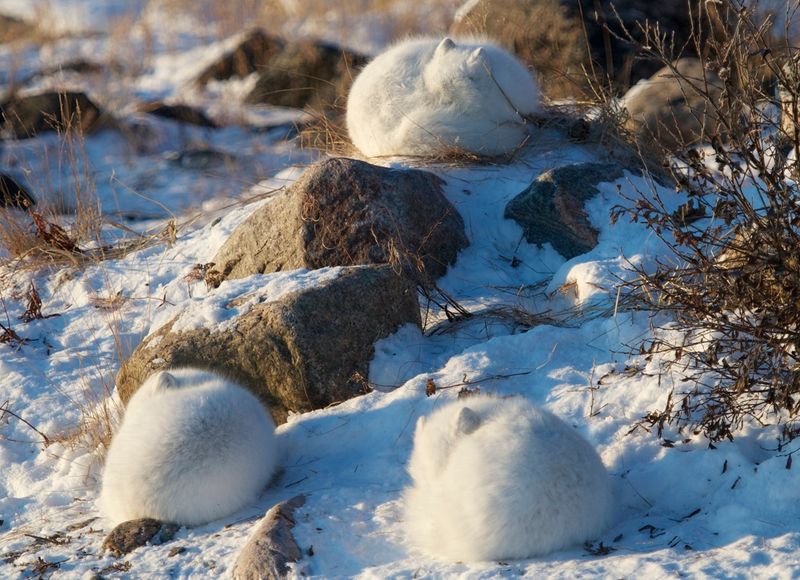
The Arctic Fox’s survival in the frigid north hinges on its impeccable camouflage. With a coat that changes with the seasons, it remains a ghost in the snow during winter, blending seamlessly into the white landscape.
In summer, its fur turns brown and gray to match the tundra, evading predators year-round. Beyond visual deception, these foxes have a keen sense of hearing to locate prey under snow.
Did you know? Arctic Foxes can survive temperatures as low as -58°F thanks to their thick, warm fur!
Orangutan
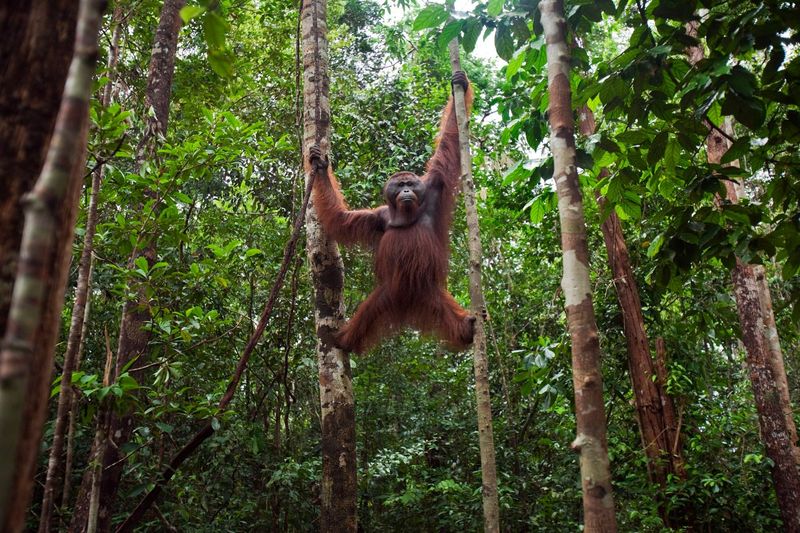
Navigating the dense jungles of Borneo and Sumatra, orangutans have mastered the art of evasion. These intelligent apes spend most of their lives in the trees, avoiding ground predators by swinging from branch to branch.
Their powerful arms and strategic planning allow them to build nests high above, out of reach. This arboreal lifestyle not only provides safety but also access to fruits and leaves.
Fun fact: Orangutans are known to use tools, such as sticks, to extract insects from tree holes!
Cuttlefish
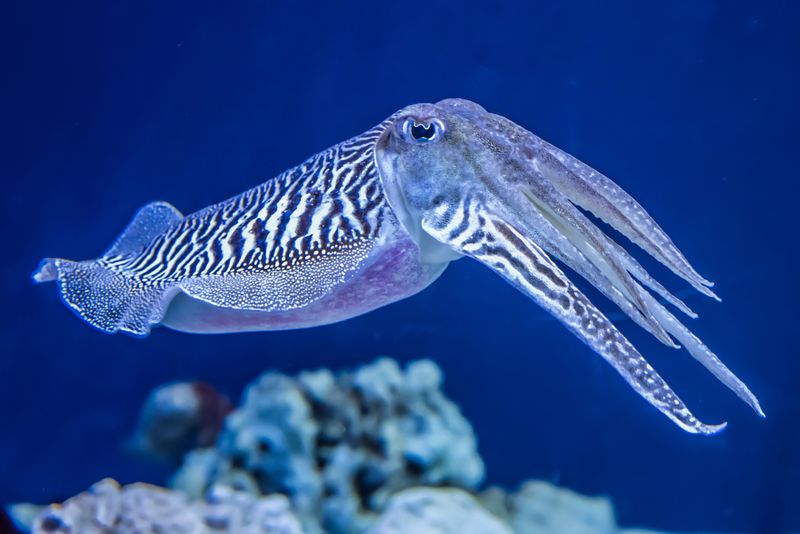
With an artist’s flair, the Cuttlefish is the ocean’s master of disguise. Able to change color and texture in an instant, it baffles predators and mesmerizes prey. Using chromatophores, these cephalopods can create dynamic patterns that mimic surrounding coral and rocks.
Such visual trickery serves as both a defense mechanism and a hunting strategy. The ability to hypnotize prey is a testament to its cunning nature.
Did you know? Cuttlefish have three hearts and blue-green blood, which aids in their deep-sea adventures!
Pufferfish
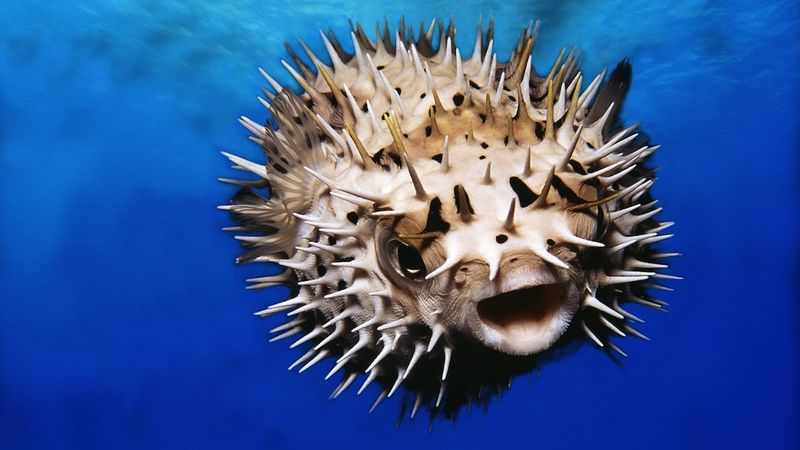
When danger strikes, the Pufferfish has a unique response. By gulping water, it transforms into a spiky balloon, deterring predators with its formidable size and sharp spines.
This defensive posture not only makes it hard to swallow but also showcases an aposematic warning. Despite their clumsy swimming, their ability to inflate quickly is a remarkable adaptation.
Did you know? Pufferfish contain tetrodotoxin, a potent poison, making them one of the most toxic vertebrates on Earth!
Honey Badger
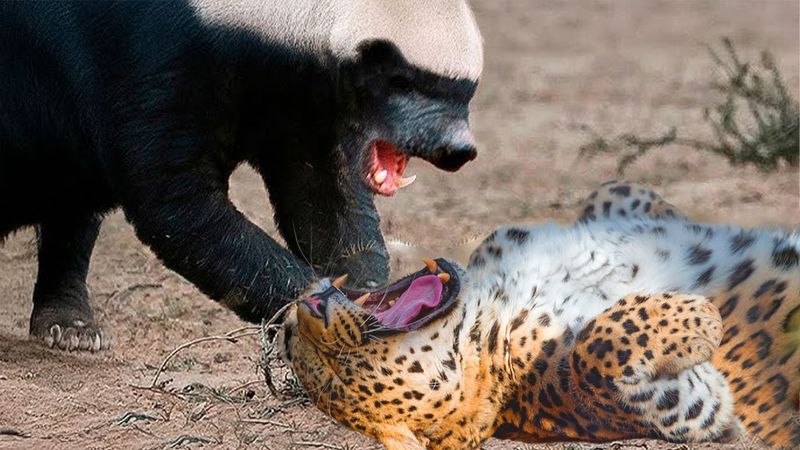
Fearless and fierce, the Honey Badger is nature’s little daredevil. With a thick skin that resists bites and stings, it boldly confronts threats much larger than itself.
Honey Badgers possess a remarkable tenacity, often using their sharp claws and strong jaws to escape danger. Their fearless nature has even earned them the reputation of being indestructible.
Fun fact: Despite their reputation, Honey Badgers are fond of honey and often raid beehives, showing their sweet side!
Lyrebird
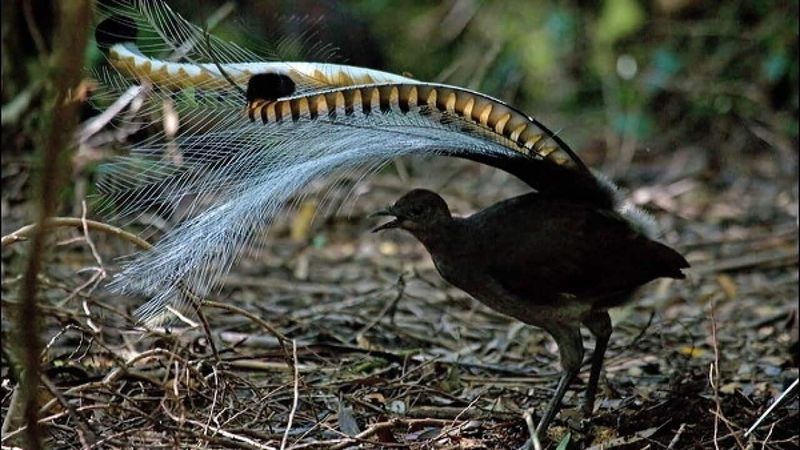
In the symphony of the forest, the Lyrebird stands out with its unmatched vocal prowess. These birds can mimic virtually any sound, from chainsaws to car alarms, confusing both predators and rivals.
Their incredible ability to replicate sounds serves as a tool for both defense and attracting mates. With such vocal talent, Lyrebirds often remain undetected amidst the forest cacophony.
Did you know? A male Lyrebird’s tail feathers form a lyre-shaped display during courtship!
Mantis Shrimp
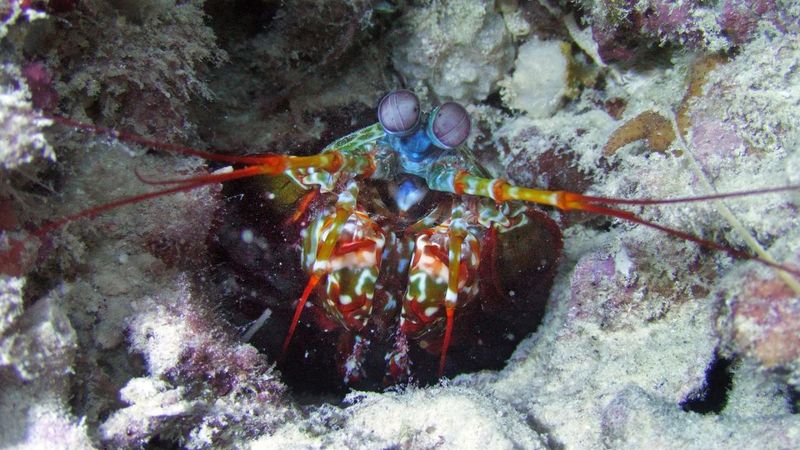
Beneath the waves, the Mantis Shrimp is a formidable hunter with extraordinary abilities. Its complex eyes can see polarized light and 16 color channels, a visual prowess unmatched in the animal kingdom.
Equipped with powerful claws, it can strike with the speed of a bullet, shattering shells and defending against predators. Its vibrant exoskeleton serves as both camouflage and warning.
Fun fact: Despite their strength, Mantis Shrimps are known to be shy, often retreating to their burrows!
Tree Frog
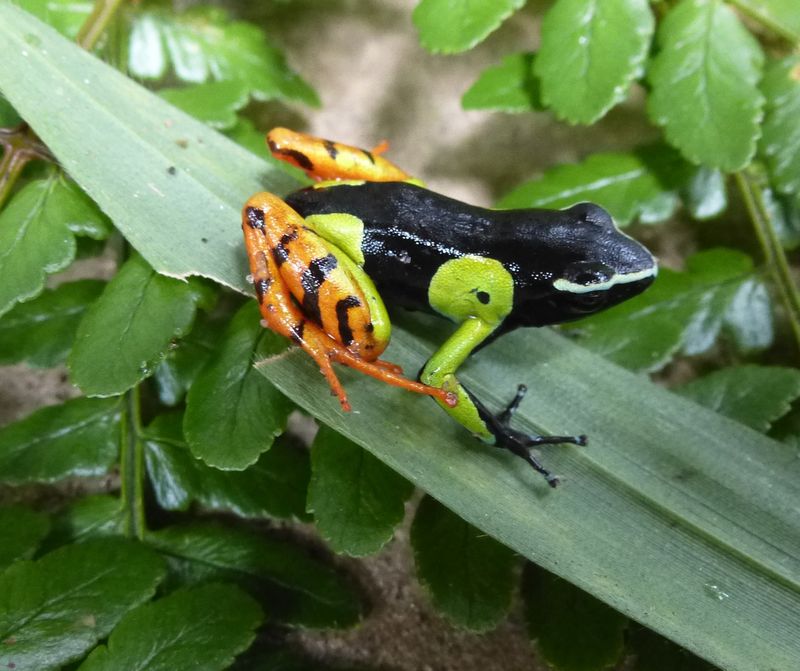
In the lush rainforests, the Tree Frog’s survival is an acrobatic marvel. Using sticky pads on its toes, it climbs effortlessly, escaping ground predators.
Its vibrant colors can serve as camouflage or warning, depending on the species. Nocturnal habits further aid in avoiding detection, making it a master of evasion.
Did you know? Some Tree Frogs can change color to match their environment, enhancing their survival tactics.
Prairie Dog
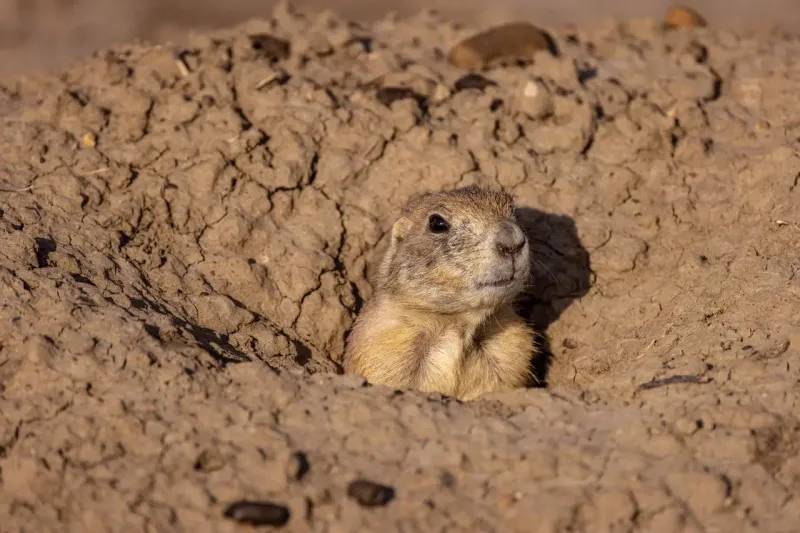
In the vast grasslands, Prairie Dogs employ a sophisticated communication system to evade predators. Using a series of vocal alarms, they alert their colony of impending threats.
These burrowing mammals have an intricate tunnel system, providing shelter and escape routes. Such strategic planning and social cooperation ensure their community thrives.
Fun fact: Prairie Dogs have different alarm calls for specific predators, showcasing their advanced communication skills!
Hoatzin
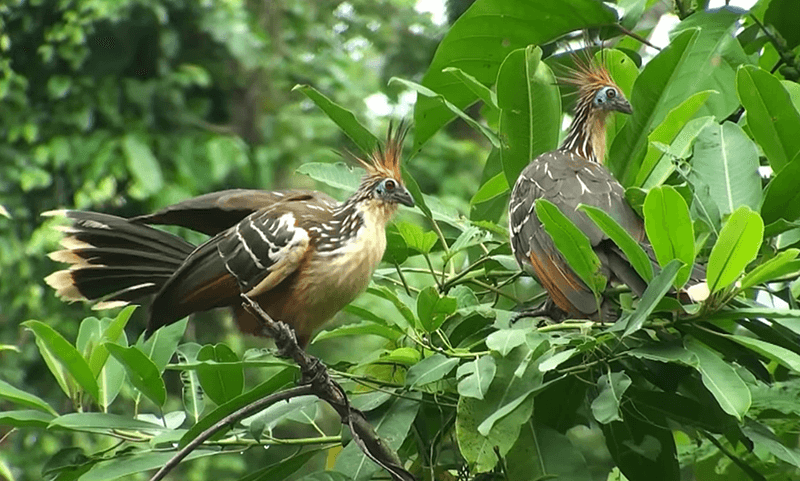
The Hoatzin, or stinkbird, is a quirky creature found in South American swamps. Its chicks are born with claws on their wings, allowing them to climb trees and escape danger.
This prehistoric trait is a unique survival mechanism, ensuring young Hoatzins can evade predators before they can fly. Their diet of leaves also makes them less appealing to hunters.
Did you know? Adult Hoatzins have a distinct, musky odor due to their fermentative digestion process!
Bombardier Beetle
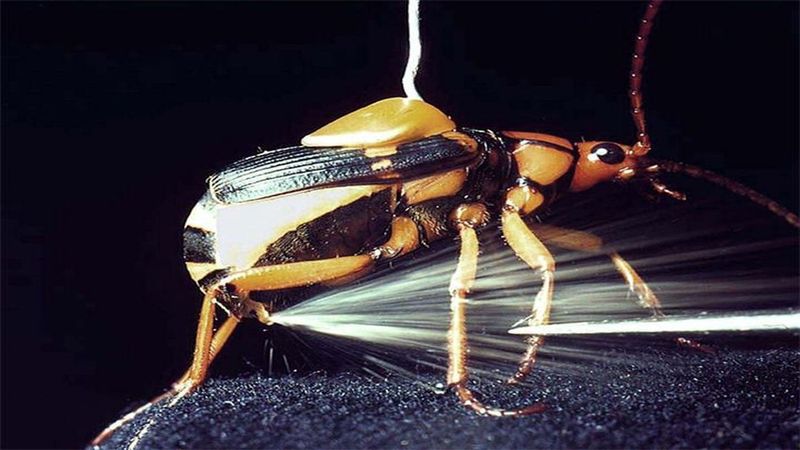
With a bang, the Bombardier Beetle defends itself in a spectacular fashion. When threatened, it releases a hot, noxious chemical spray from its abdomen, startling predators.
This explosive defense is a result of a unique chemical reaction, providing an effective deterrent. Its ability to aim and spray makes it a formidable survivor.
Fun fact: Bombardier Beetles can fire their chemical spray multiple times in quick succession!

